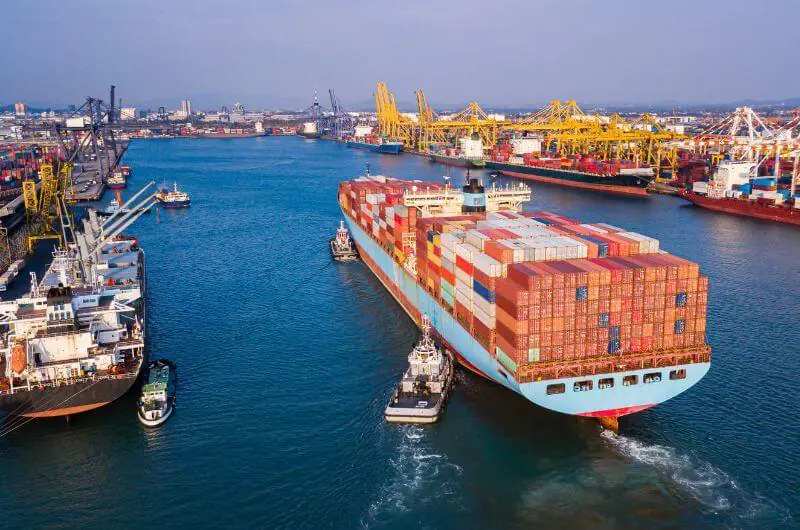Price war in sight: will ship transporters wean off their fleets?
While China is still being seized by Covid-19, which takes not only China’s economy hostage, there are too many cargo ships but no cargo to be transported. The market faces many challenges now, even the biggest players in the transport game are thinking about weaning off part of their fleets. Is that the right solution? Will a price war skyrocket the costs of transport?

Source: www.canva.com
It all started in 2020 when the port of Wu-chan was first closed. The ship transport industry has been going through its ups and downs ever since. At first, the lockdowns sent the ship transport to its prime, as the demand of American customers for Chinese goods was immense. Now let’s fast forward a couple of years to 2022. Almost every country around the world is struggling with inflation and consumers are changing their shopping habits as a consequence.
The economic crisis resulted in changed buying behavior mostly in retail. Customers don’t spend money on goods in retail as they used to and the drop in demand has resulted in a surplus of offers. On the other hand, they reoriented their resources into groceries, fuels, and services.
The dropping volumes of goods have sent global shipping rates into a downward spiral. The shipping cost of one container from China to Los Angeles this March was $1,238 compared to $15,600 from last year, according to the Freightos Baltic Index. Not only this but huge cargo ships stay in port empty and waiting to be loaded.
Not only ship transport has been hit by this crisis. It all leads to a surplus of drivers in China as well. Unfortunately, with fewer exported goods, the need for containers and trucks is decreasing and drivers seem to realize this. According to their expectations, this year will probably be one of the worst they’ve ever seen—because Americans have stopped buying Chinese goods.
Not only drivers are aware of the fact that the demand from America probably won’t get back to lockdown level any time soon. The biggest transportation companies responded to the situation and make moves according to the predictions. They have suspended up to a third of the planned capacity from Asia to the US, 20% from Asia to Europe, and already have canceled the sailings of dozens of ships.
Furthermore, many ships have already been weaned off up to 7% of the companies’ fleets. This is a practice the industry has already used in times of crisis. For example, during the 2008 financial crisis and in 2016, when a consolidation crisis resulted in halving the world’s largest players in the industry.
The whole crisis could actually end sooner than expected. American consumers showed a small increase in purchasing Chinese goods. If they continue spending, bloated inventories will decrease and demand for importing services will recover. However, if the economy declines, freight rates are expected to fall even more. That could lead to a new series of price wars between carriers.
The top officials of the biggest players are not in consensus on whether the recess will continue downhill or not. Some expect that an increase in demand will come in the second half of the year, some even later. That’s why analysts expect the price wars to start soon in order to try to keep the current customers and try to lure in new ones.
Are we facing a new long-term crisis that would affect the costs of all the businesses as well? It is impossible to tell now, but better safe than sorry. Start implementing logistics solutions that help you save money today. Start with the EasyCargo load planning software that will help you to prepare the most efficient shipments and save money for your business in these times of crisis.




